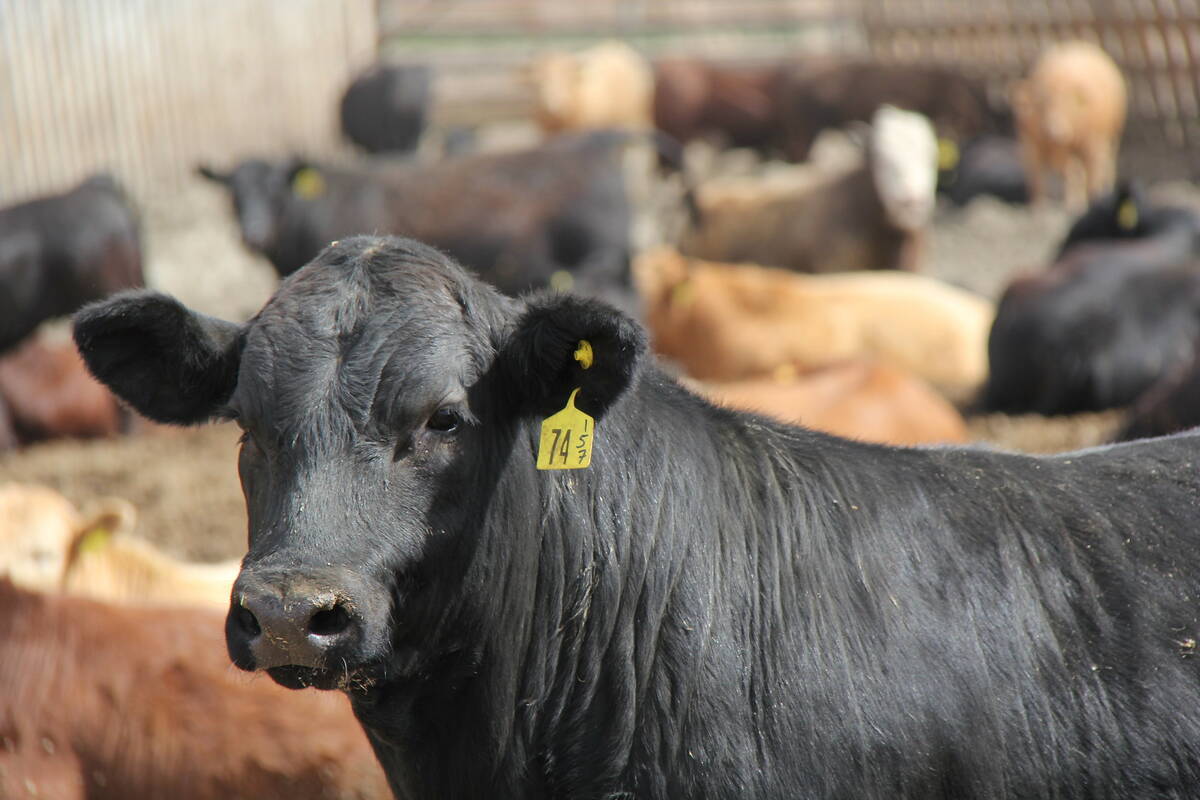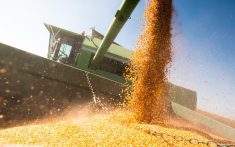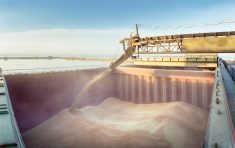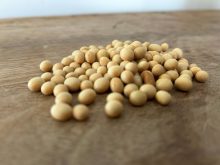Chicago | Reuters — Record-high yields are helping U.S. farmers to harvest a bumper crop of hard red winter (HRW) wheat, the most common variety here, but prices have tumbled as the world is awash in supplies.
The quality of the crop is also causing headaches for flour millers, who may have to buy more expensive varieties or stretch out last year’s stocks to increase the protein content enough to meet their product specifications.
“You finally have a big crop, and the whole world does, too,” said Ron Suppes, who farms in Dighton, Kansas, the top U.S. winter wheat-producing state.
Read Also

U.S. livestock: CME cattle futures higher on year-end positioning
Chicago | Reuters – Chicago Mercantile Exchange cattle and hog futures climbed on Tuesday on position squaring between the Christmas…
The U.S. Department of Agriculture this week estimated the average yield in Kansas at a record-high 56 bushels per acre, a full seven bushels above the old record set in 1998 and a reflection of years of work by plant breeders and wheat industry groups to improve genetics.
“It’s a year to remember for the yield, and it’s a year to forget for the prices,” said Justin Gilpin, chief executive of the Kansas Wheat Commission.
Benchmark HRW futures dipped below $4 a bushel last month for the first time since 2006 (all figures US$). At country grain elevators in western Kansas, buyers are bidding more than $1 a bushel below the futures price, with additional discounts for any quality problems.
Costs to produce hard red winter wheat can top $6 per bushel for some Plains farmers, said Brian Linin, who farms near Goodland, in northwest Kansas.
“That’s pretty rough, if you’re losing $3 on every bushel,” said Linin, who is on the Kansas Wheat Commission.
Cash bids for wheat in some areas have fallen below floor prices set by the USDA, triggering subsidy programs that have not been widely used for wheat for more than a decade.
The programs offer temporary loans to farmers if local prices fall below a price set by the USDA of $2.94 a bushel, with the wheat used as collateral.
Protein problems
HRW wheat is grown from Texas up to the Canadian border, and the harvest is nearly complete in Kansas, the biggest producer. It is graded by protein content, with higher levels commanding a higher price.
Because protein levels in this year’s big harvest have been low, premiums for HRW wheat with “ordinary” protein of less than 11 per cent have been trading in the Kansas City cash market at historically large discounts to wheat graded with 12 per cent or more.
Plains Grains Inc., a nonprofit industry group that conducts an annual quality survey of the HRW wheat crop, pegged the average protein level so far at 11.2 per cent, down from last year’s final average of 12.3 per cent.
Frank Stone, president of the Kansas City Trading Group, a brokerage, thinks this year’s crop could have the lowest protein in state history.
“You hardly ever see wheat in Kansas at below 10 per cent, or 10.5, and we are seeing stuff in single digits,” Stone said.
As the harvest rolls northward into Colorado and Nebraska, uneven protein is creating uncertainty in the flour industry.
Because of quality concerns, flour mills may take longer to transition their grind from last year’s wheat to the new harvest. Millers may try to stretch out remaining supplies of last year’s higher-protein HRW crop, pushing up its value, to blend with the new crop.
And millers are monitoring the growth of hard red spring wheat, which is produced mostly in North Dakota and typically offers higher protein, at a higher price. The spring wheat harvest should begin next month.
“Ultimately,” said Stone, “they will have to pay to upgrade the wheat.”
— Julie Ingwersen is a Reuters correspondent covering grain markets from Chicago.















